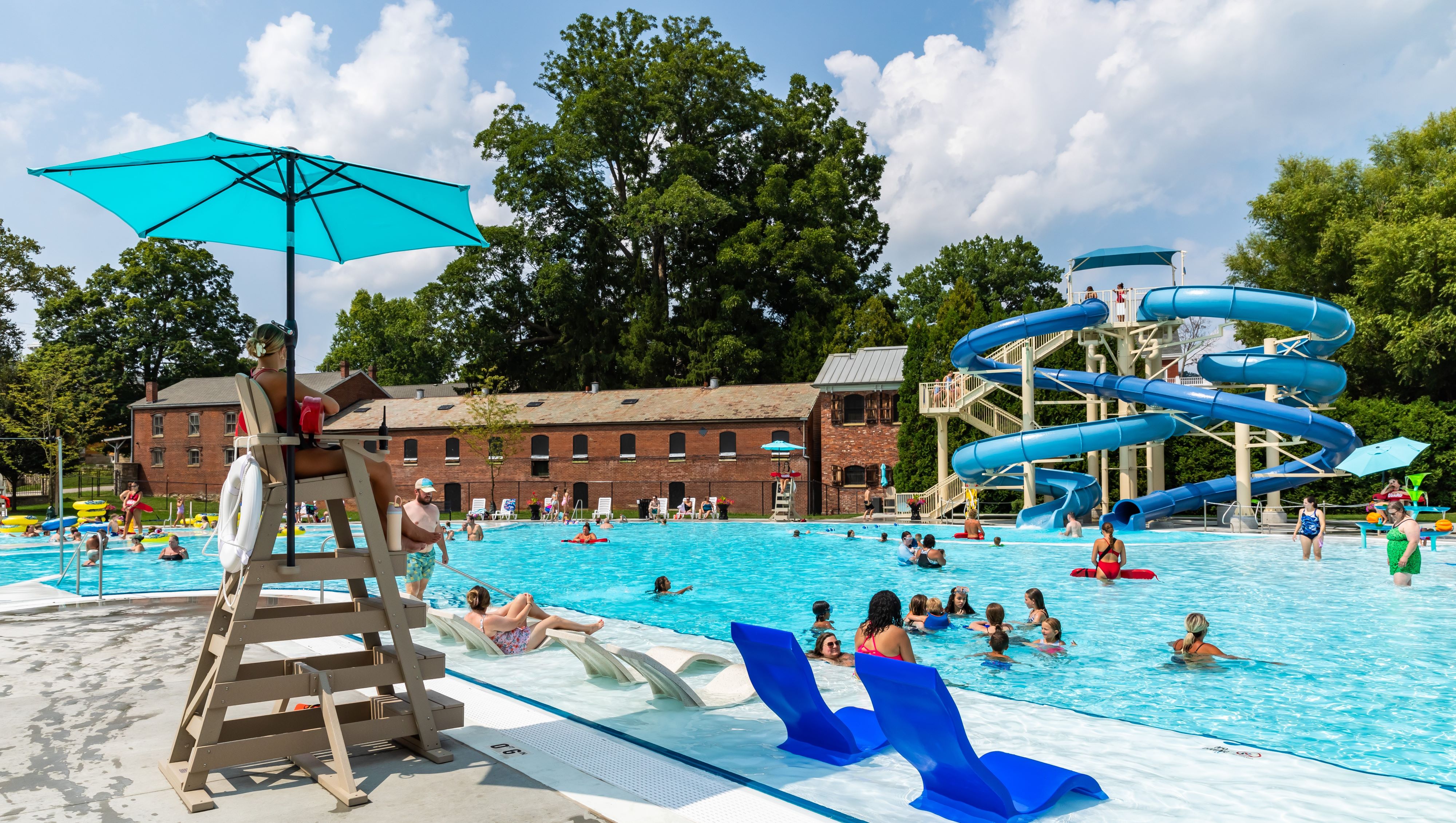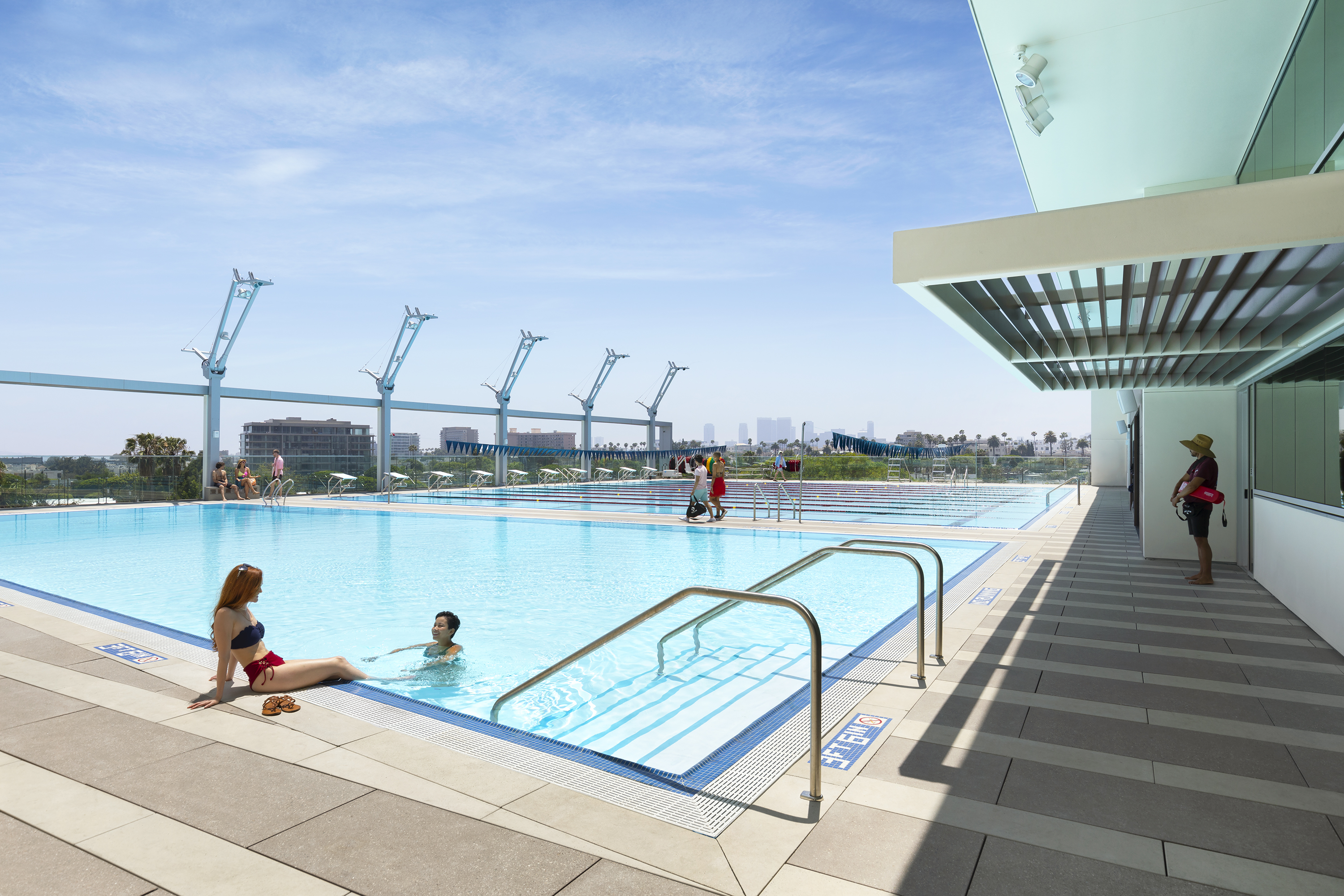Because the 2-foot-wide, 8-inch-deep cement collar around the pool shell, paired with foam insulation, keeps heating bills lower during chilly Oregon winters. Because a six-head, in-floor cleaning system keeps the pool looking gorgeous. Because a road had to be built to move supplies and equipment in and out of the remote, lakeside location. Because the room built to house the pool contains wheelchair-level windows, giving the disabled owner lake views. Because this 6-foot-wide, 4-foot-deep, 50-foot-long, 10,000-gallon lap pool is anything but “by the numbers.”
Gary Owens, a 36-year veteran of the pool industry, has always liked a challenge. Take this featured project for a car-accident victim who wanted an indoor lap pool for therapy.
“She wanted to be able to swim laps because she had been a swimmer before,” Owens notes. “I could custom-make it any size or shape she wanted. That’s what we like about this product.”
The project was not without challenges. Owens’ crews had to build a road to even access the lakeside home. Then crews had to bolt together 6-foot-long fiberglass sections and pour a concrete collar, 2-feet-wide-by-8-inches-deep around the pool’s backside.
“After that, we put foam insulation on the backside of the wall,” Owens says. “The ground temperatures here get to around 55 degrees. By insulating like that, we cut the heating bills by 50 percent.”
The room that houses the pool was built with its windows closer to the ground to accommodate its disabled owner.
“We didn’t want the room too high,” Owens recalls. “The windows are so low, you can look out and see the lake without getting out of the pool. There are lots of windows, so it provides [the pool] with lots of natural light.”
The pool itself has a somewhat unusual shape: It’s 6 feet wide, 50 feet long and 4 feet deep, holding approximately 10,000 gallons of water.
“Nobody makes one like this,” Owens says. “I like this [fiberglass] product because I can custom- shape or size whatever the customer wants.”



